One question many gardeners have is whether you can plant supermarket garlic and have it grow successfully. If you search the web for the answer, you get both yes and no. Some people say, “Sure, just stick it in the ground and it will grow.” And this is tempting since seed garlic is expensive compared to supermarket garlic. Others — and especially those selling seed garlic — will say that supermarket garlic may be treated with growth inhibitors or that it may bring disease to your garden. I decided to conduct an experiment to compare the two.

Supermarket garlic (left): It cost less than $0.65 per bulb. Seed garlic (right): It cost about $18.00 for this bag, making it roughly $5.40 per bulb. The sizes of the seed garlic bulbs, and cloves inside, were bigger than the supermarket variety, however.
Garlic is planted in the fall. In my area, they say that mid to late October is the best time to plant. So, my experiment is already up and running. In one of my 50-gallon planters, I planted both supermarket garlic and seed garlic. Both types were softneck garlic, although they are different cultivars as I couldn’t find seed for the supermarket variety. The seed garlic I planted is called Lorz Italian. Sharing the same planter, both types are in the same type of soil, will get the same amount of watering, and the same amount of sun. I planted the garlic cloves in a grid with alternating types. That way, if — for some reason — one section of the planter was more favorable to growing garlic, both types would be growing in it. That’s not likely, but a good experiment is designed to control for all possibilities.
Everything in the experiment was designed to treat both types of garlic the same way. That way, any differences between them should be due to the experimental variable (supermaket or seed), not to differences in how they were raised. I’ll give more “science-y” details about this experiment in a later post. These will include a discussion of sample size, statistics, and whether this experiment has the power to answer the experimental question. I will also discuss limits to the inferences that can be drawn from the data and more.
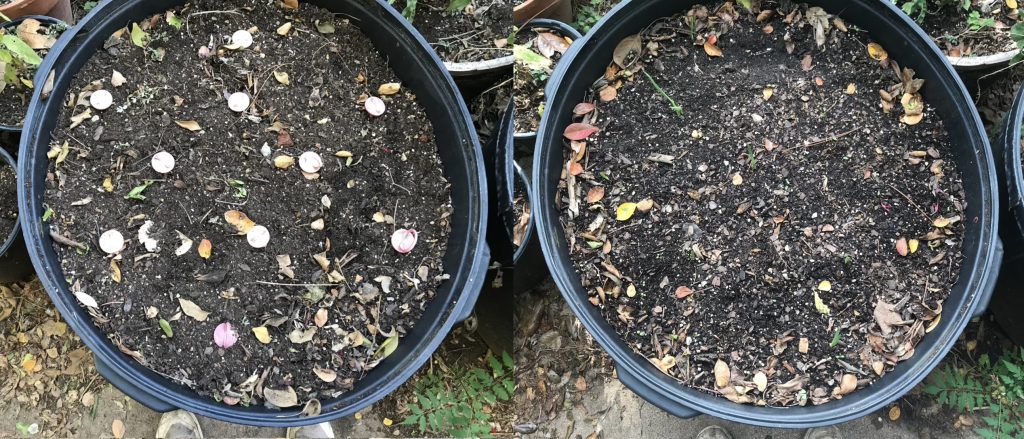
On the left, a picture of the planter after the supermarket garlic was planted, but (immediately) before the seed garlic was. The red markers show where the seed garlic will go. The supermarket garlic is planted to the left or right of the markets, with the spacing being even. The cloves are all separated by 5 inches. On the right, the planter today, with a few sprouts visible.
I planted 10 large, healthy-looking cloves from the supermarket garlic and 10 from the seed garlic. The seed garlic cloves were substantially larger than the supermarket cloves. (I still have some of each type left and will weigh them to get a ballpark difference. I should have done that with the actual cloves I planted, but didn’t think about it until after they were in the ground.) I will assess the germination rate of each type. In the summer, I will give a rating based on how large and healthy the plants look during mid season. I will also reassess at maturity. Most importantly, at harvest time I will weigh the garlic heads to see if one is yielding more than the other. And of course, there will be a taste test.
I planted both types two weeks ago and they have already started sprouting. (There looks to be a pattern emerging, but I’ll wait until all the data is in before reporting it. For one thing, early sprouting may not be a good sign. Or it might be, I don’t know. However, through the experiment, I have a good chance of finding out.)
I also have a second garlic experiment running, although this one is not as well-controlled as the first. In a separate planter, I have planted 12 cloves of hardneck garlic, a variety called German White. I want to see how softneck garlic performs vs. hardneck in my neck of the woods. The answer in every garden guide I’ve ever read is that hardneck garlic will do poorly in the south (where I live). But, I’ll find out.
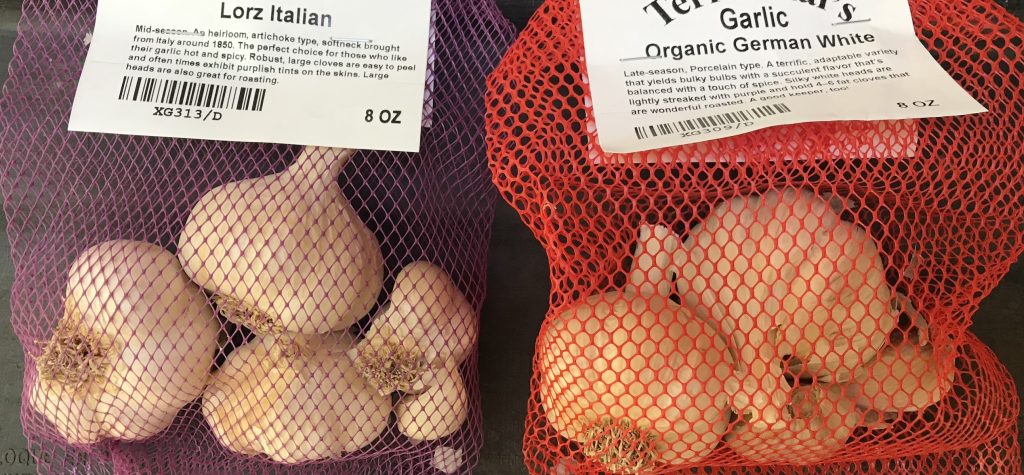
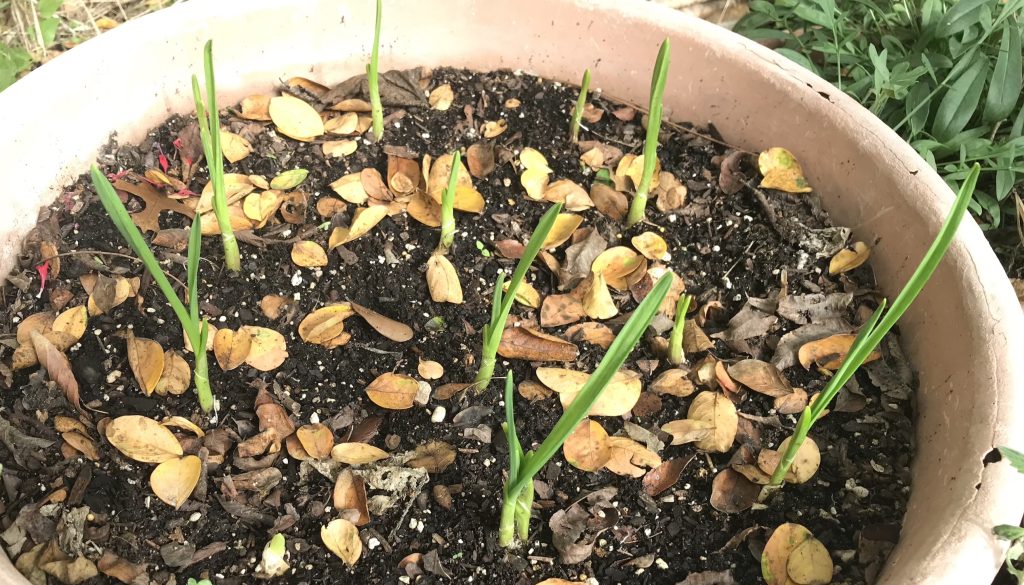


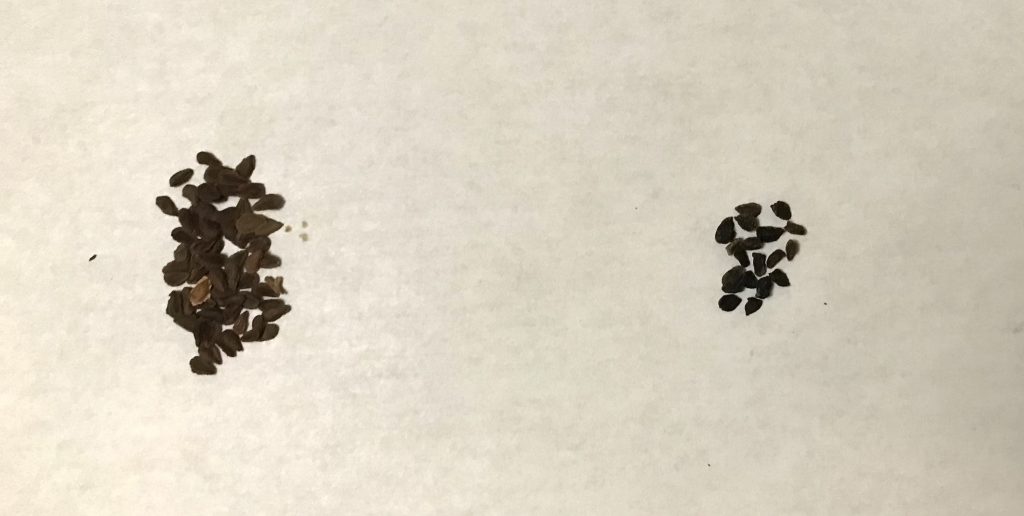
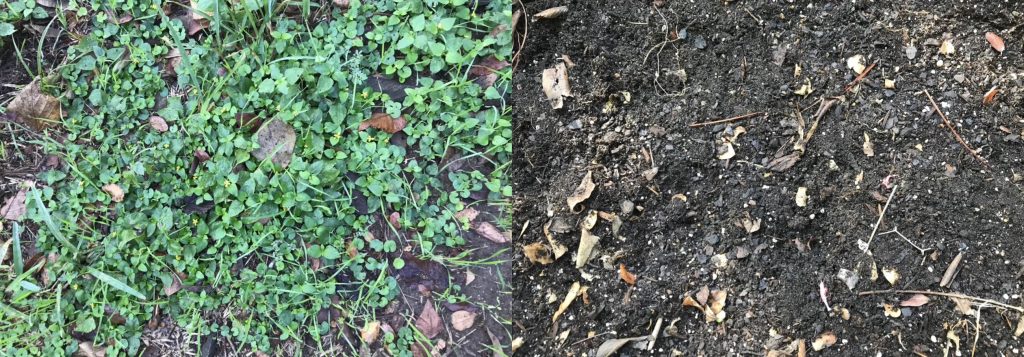

Recent Comments